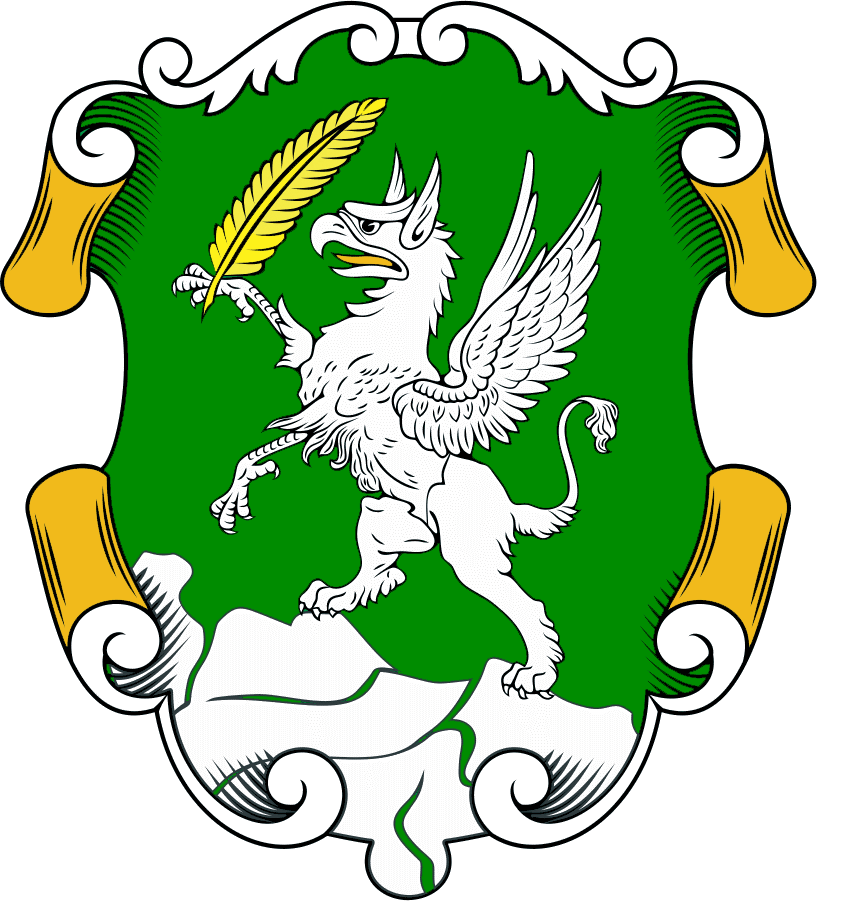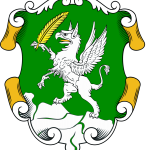
Kokino in UNESCO
Since 2009, the archaeo-astronomical site Kokino has been placed on the UNESCO’s Tentative List.
According to UNESCO, Kokino represents a unique outstandingly well-preserved site from the Bronze Age in southeast Europe, testimony for the human creative genius in the usage of a specific natural resource for satisfying the vital needs and beliefs. It is significant as:
- Ancient observatory and
- Holy mountain.
Especially significant is the stone block with a separate marker cutting on its top. It was made for ritual function with an explicit solar character. In mid-summer (end of July) a sun ray from the sunrise that penetrated through the opening of the stone marker cutting and passed by the right edge of the artificially formed trench, illuminated the ruler alone, who set on one of the four stone thrones, made especially for rite needs. The illumination of the face of the ruler signified ritual union with the Sun God and returning/renewing of his ruling power.
The archaeological excavations had additionally shed light on the performing of two important rituals in the life of Bronze Age people in this area. The excavation of the ritual pits filled with offerings vessels on the eastern slopes of the mountain confirmed the existence of the rites connected with the fertility of the land, i.e. the cult devotion of the Great Goddess Mother. Along with the specific spatial organization and the shaping of certain stone forms that served for the performing of the rites for the end of harvest and for the ritual bonding of the ruler with the Sun God, speak of the role of this site as a holy mountain.


